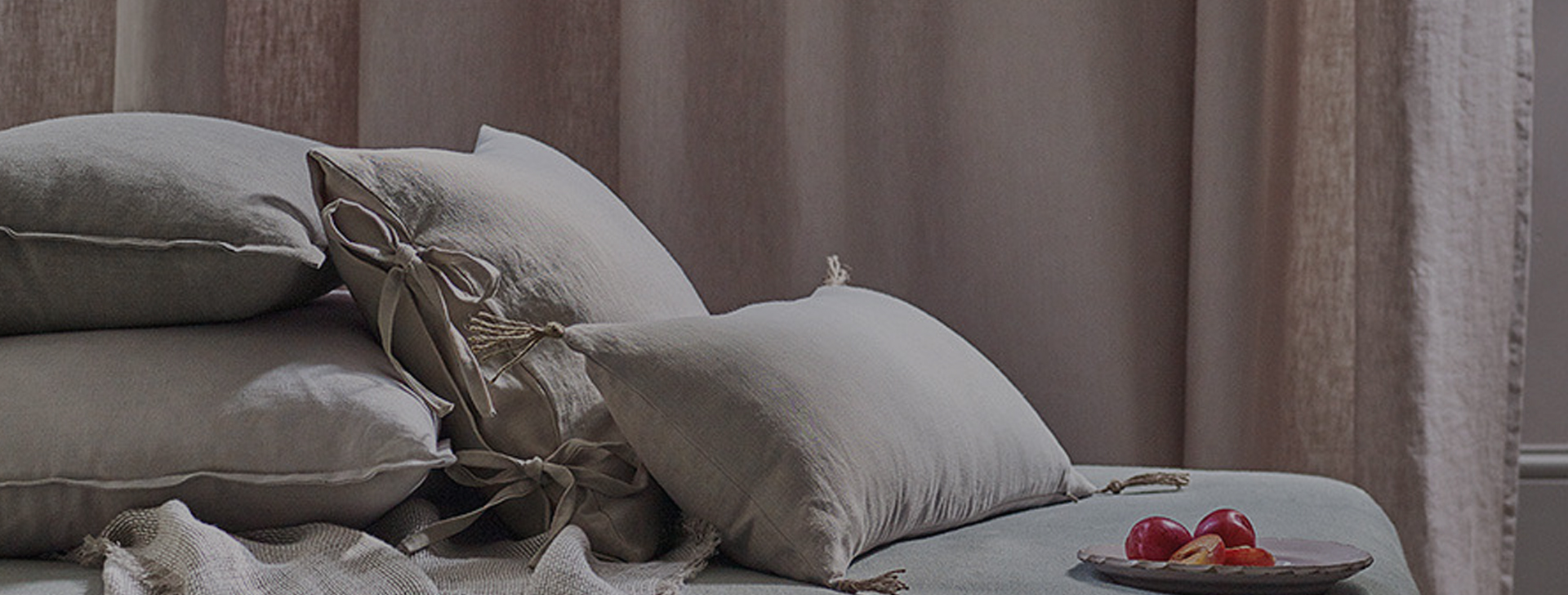I knew it!
① The color of vat dyes is dominated by intermediate color
The color of vat dyes has the characteristics of a complete series from yellow to black and from bright color to general color. Its biggest feature is that the middle color accounts for the majority. These middle colors are basically a single component and have good dyeing reproducibility, especially the green, olive green, flesh color, brown and gray series.
For example, green reactive dyes are generally combined with yellow and turquoise blue reactive dyes. In order to combine reactive dyes with different dyeing properties, the control of dyeing is very important. Among vat dyes, there are several green varieties with single structure, which can not only meet different needs, but also have excellent dyeing reproducibility compared with reactive dyes.
② It has excellent light fastness and various composite fastness based on light fastness
At present, cotton fabrics have higher and higher requirements for various composite fastness based on light fastness, such as sweat sunlight fastness, sweat sunlight washing fastness and sweat sunlight abrasion fastness, especially light color. Compared with other types of cotton dyes, vat dyes have this particularity, so they are very suitable for the dyeing and printing of work clothes, summer clothes, sportswear, coats, curtains, furniture covers, etc.
③ It has excellent chlorine resistance and moisture fastness
Compared with reactive dyes, vat dyes have excellent chlorine fastness, whether it is chlorine water (20ppm) or chlorine? (500ppm); In addition, vat dyes have excellent washing fastness. Therefore, vat dyes are suitable for occasions requiring chlorine disinfection and high washing resistance, such as printing and dyeing of fabrics, bedding, covers, bed sheets and clothes used in hotels and hospitals. Especially for products requiring repeated washing treatment, the advantage of using vat dyes is more obvious. In addition, vat dyes are also very suitable for dyeing and printing of textiles that need the highest moisture fastness, such as ground dyeing with reactive dyes and anti pull printing with vat dyes.
In addition, in the United States, Europe and other countries and regions, in order to reduce the washing water, strong detergent is used, that is, a new detergent made by adding tetraacetylethylenediamine (TAED) to peroxide, or a large amount of detergent and warm water washing are used in the washing water. The reduced dye also has sufficient fastness.
④ It has excellent stability in the finishing of printed and dyed fabrics
Vat dyes have little competition for general resin finishing. In recent years, the functional processing developed to change the physical properties of fibers, such as shape memory processing, shape stability processing, deodorization processing, antibacterial processing, etc., vat dyes have good stability, and vat dyes have more stable time-varying properties than reactive dyes.
⑤ It is suitable for one bath one color dyeing of blended fabrics
One bath homochromatic dyeing of polyester / cotton, brocade / cotton, vinylon / cotton and other blended fabrics is becoming more and more popular in the printing and dyeing industry. Vat dyes have the characteristics of this homochromatic dyeing. It is suitable for one bath continuous dyeing, printing and immersion dyeing of these blended fabrics. These dyed fabrics can be used to make student clothes, various uniforms, moisture permeable coats and special textiles, especially military uniforms and combat clothes (such as camouflage clothes), It also has excellent fastness and infrared resistance.
⑥ It has excellent reduction resistance
This characteristic of vat dyes can be used to manufacture high-grade textiles with reactive dye ground dyeing and vat dye pull-out printing, ground free dyeing of polyester / cotton knitted fabrics (using liquid flow dyeing machine), pre dyeing process of polyester / cotton blended fabrics (bobbin dyeing) and high fastness dyeing of polyester / cotton blended fabrics (using urs method).
⑦ It can be dyed into a very direct and clear color with natural tone
Fabrics dyed with vat dyes can show natural plant colors and European style characteristics on the basis of coarse colors. For example, the dyed fabrics dyed with indigo and vat dyes can be made into textiles with extremely straight and clear natural plant colors by various washing treatments (stone washing, bleaching, etc.).
To sum up, vat dyes have a series of remarkable characteristics compared with other cotton dyes, especially reflected in the fastness performance. Therefore, vat dyes are still a kind of cotton dyes worthy of attention at present.



